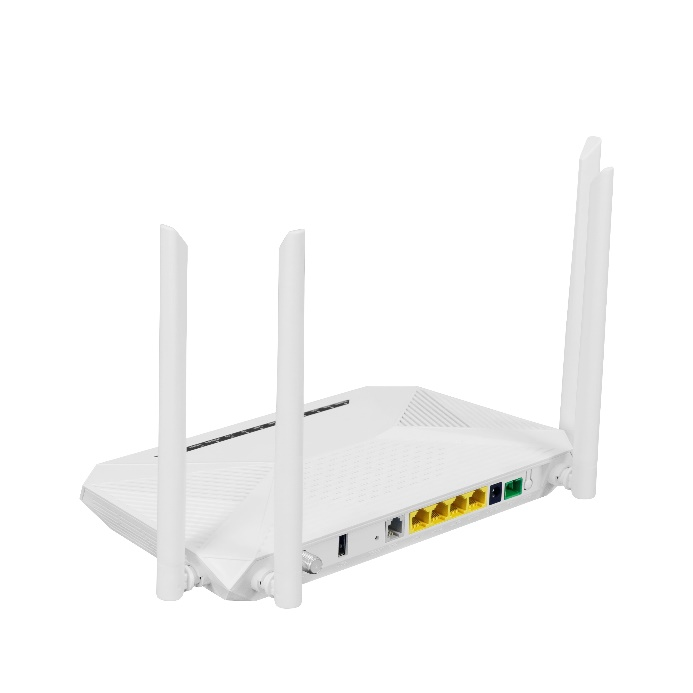Compared with 802.11ac, 802.11ax proposes a new spatial multiplexing technology, which can quickly identify air interface conflicts and avoid them. At the same time, it can more effectively identify interference signals and reduce mutual noise through dynamic idle channel assessment and dynamic power control.

Interference, thereby greatly improving the wireless experience in high-density scenarios such as stations, airports, parks, and stadiums. It is said that the average throughput can reach 4 times that of the 802.11ac standard. It introduces a higher-order modulation and coding scheme 1024QAM. Compared with the highest 256QAM in 802.11ac, the coding and modulation efficiency is higher. The association rate of each 80M bandwidth spatial stream is increased from 433Mbps to 600.4Mbps. The theoretical maximum association rate (160M bandwidth , 8 spatial streams) increased from 6.9Gbps to about 9.6Gbps, and the highest association rate increased by nearly 40%. 802.11ax adopts uplink and downlink MU-MIMO and uplink and downlink OFDMA technologies to carry concurrent transmission of multiple users with multiple spatial streams and multiple subcarriers respectively, which increases air interface efficiency, reduces application delay, and reduces user conflict avoidance. It provides better transmission guarantee for multi-user scenarios.





